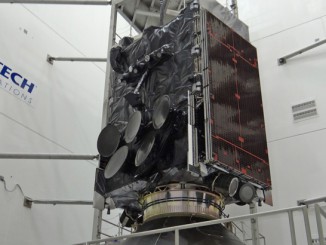
News

News
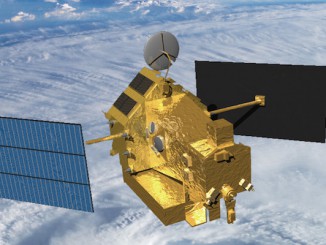
News
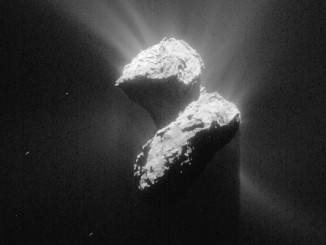
News
Engineers seek to stabilize radio link with comet lander
Emboldened by renewed contact with Europe’s comet lander, engineers are repositioning the mission’s Rosetta mothership this week to establish a reliable a communications link with the dishwasher-sized Philae landing craft, a prerequisite for resuming a science campaign abbreviated by a power shortfall last year.
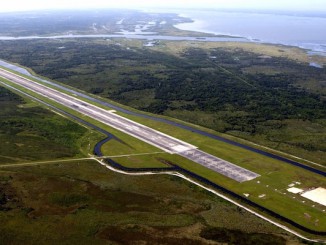
News
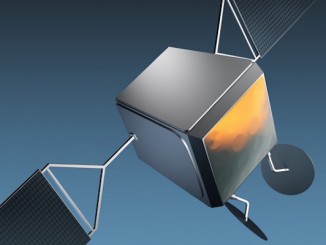
News
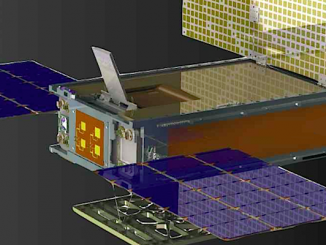
News
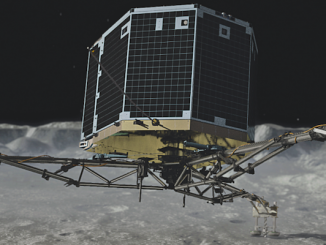
News
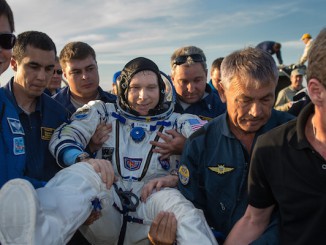
Mission Reports
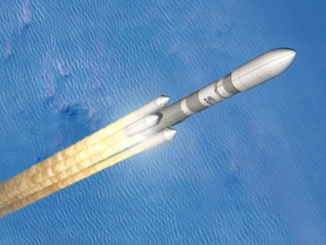
News
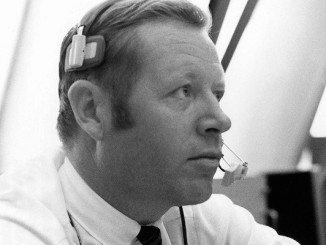
News
